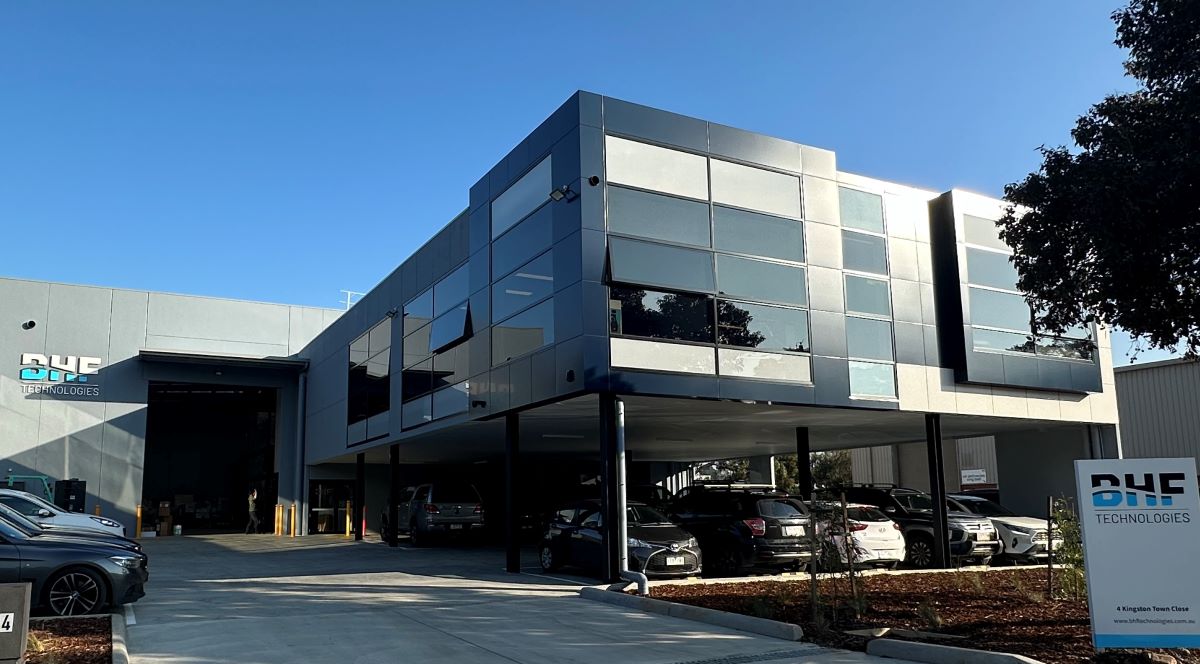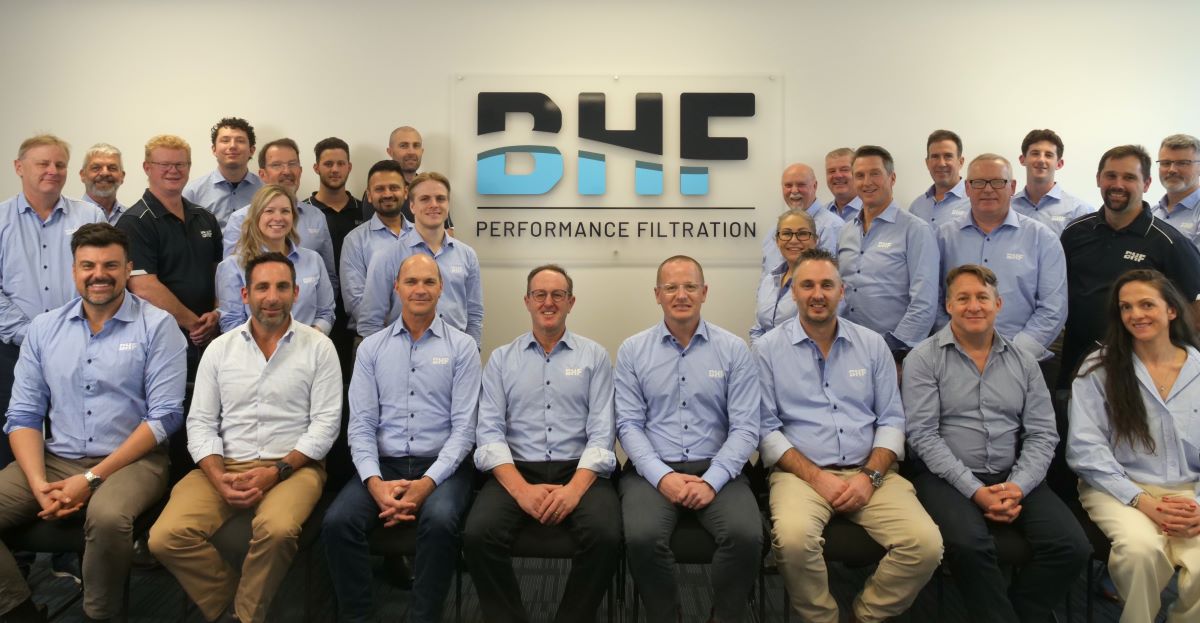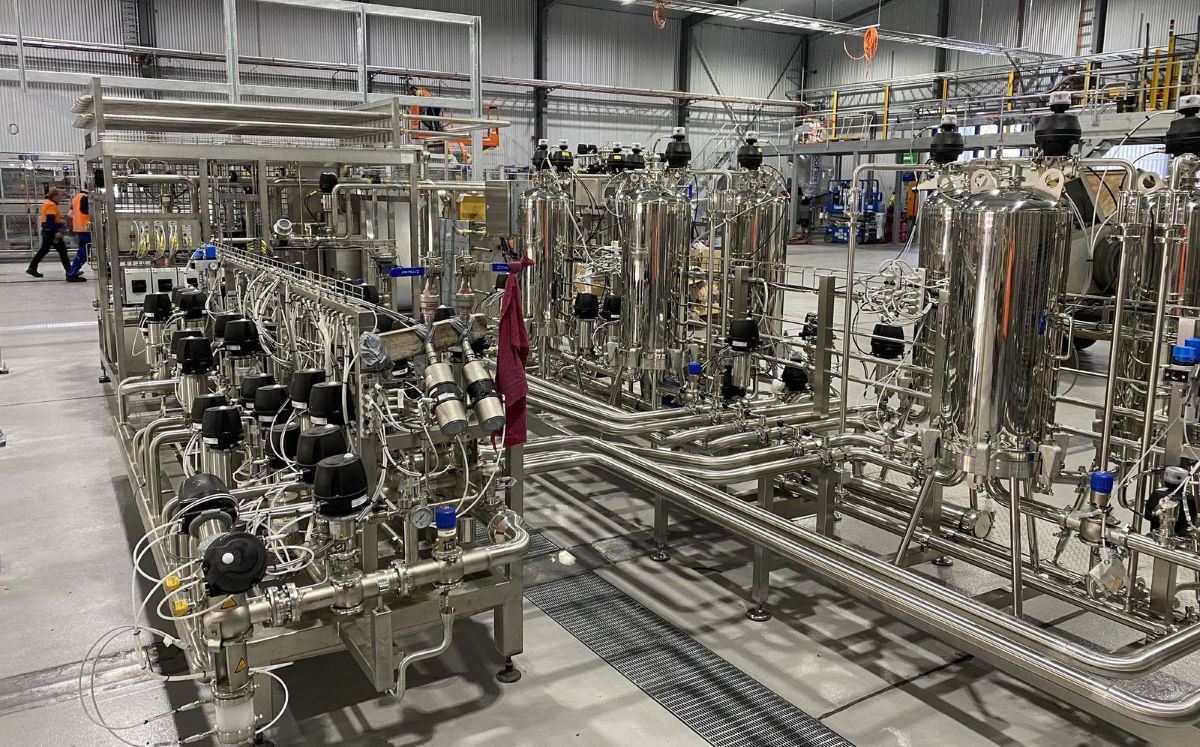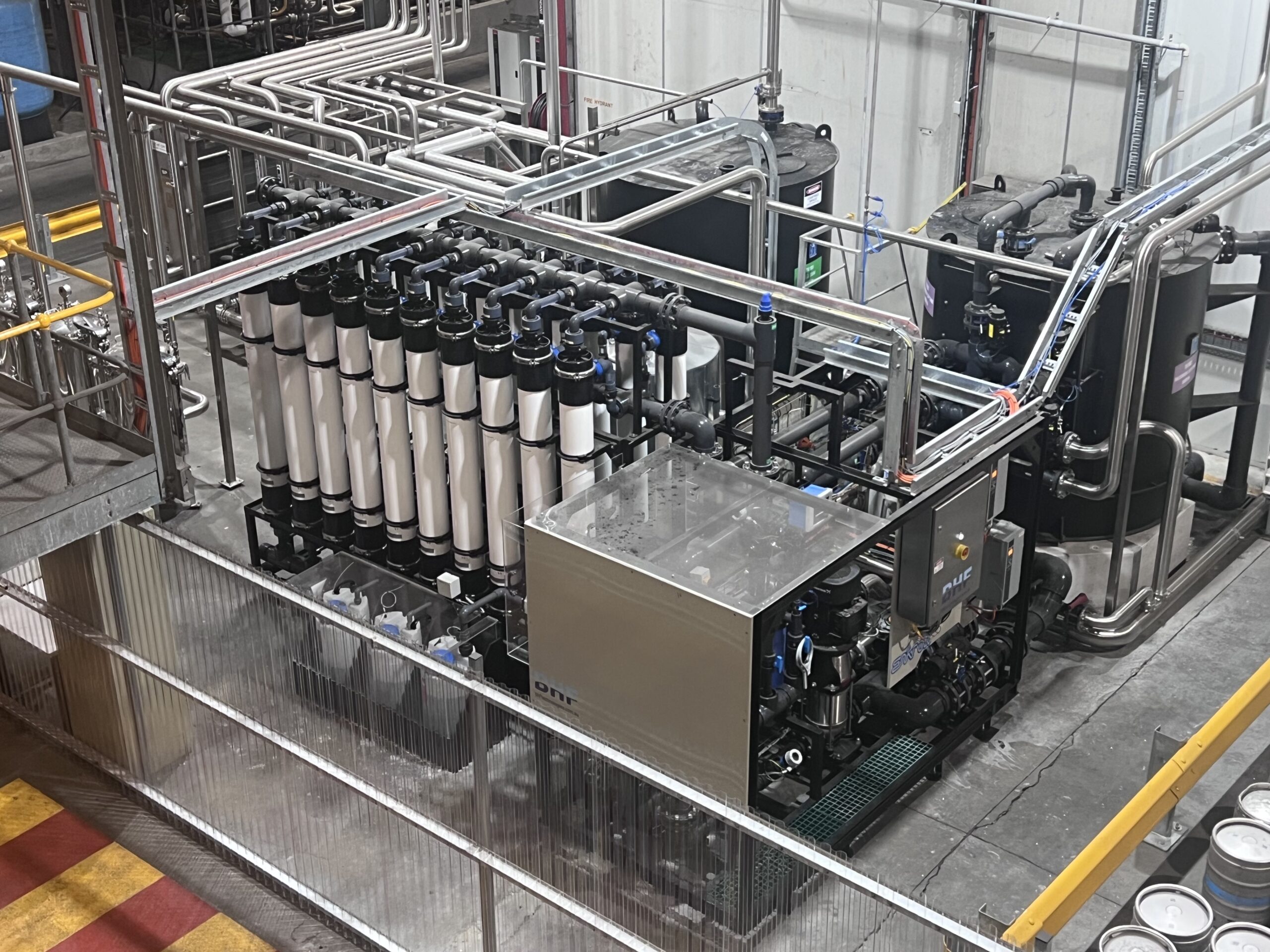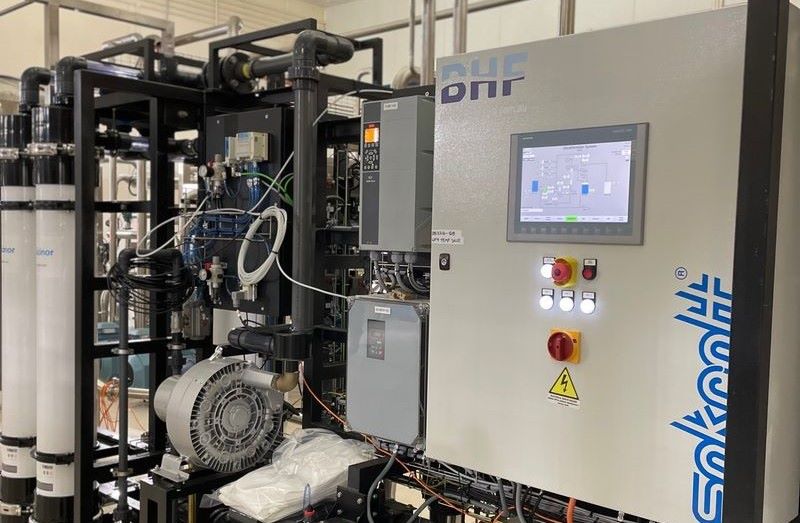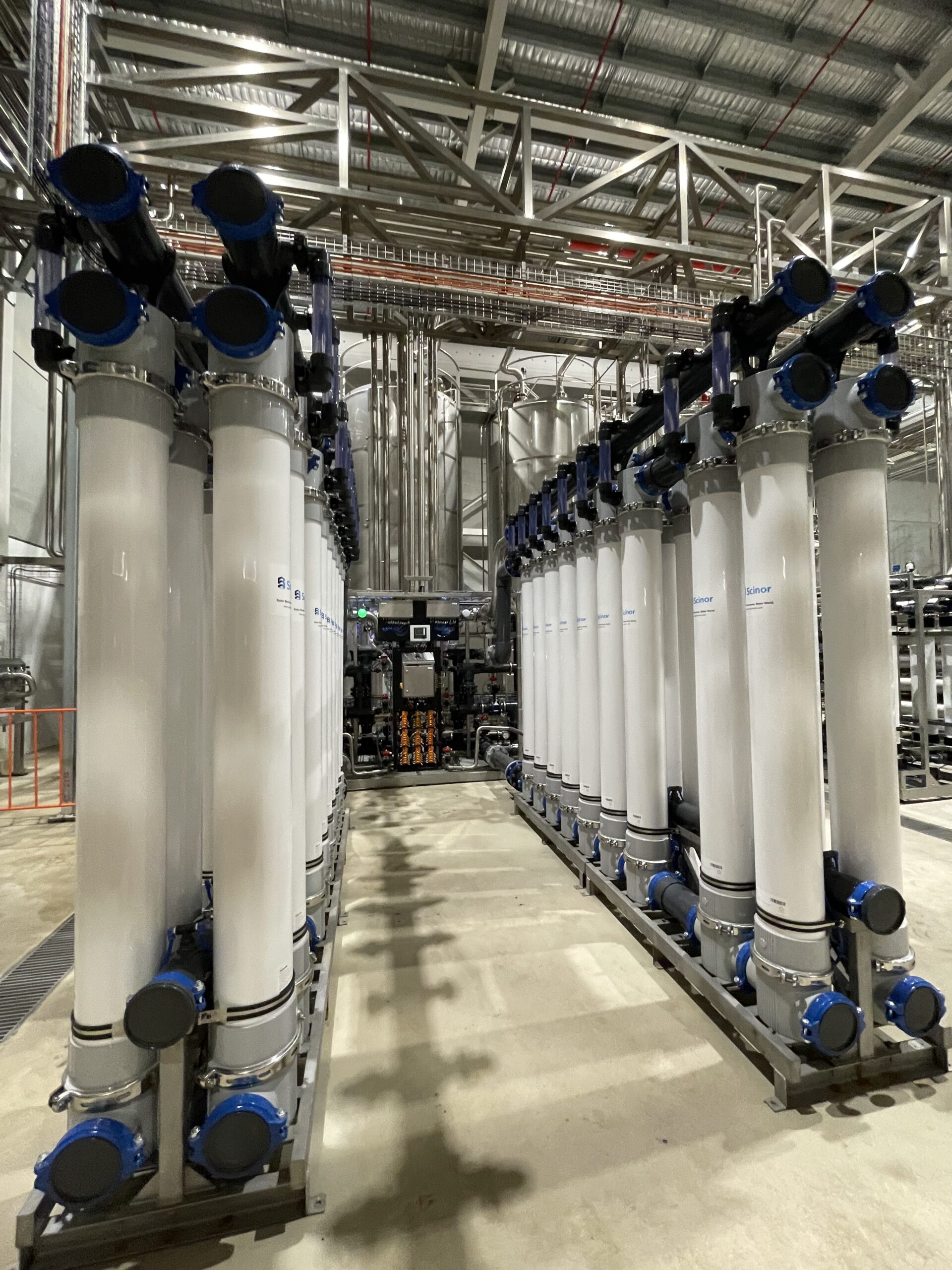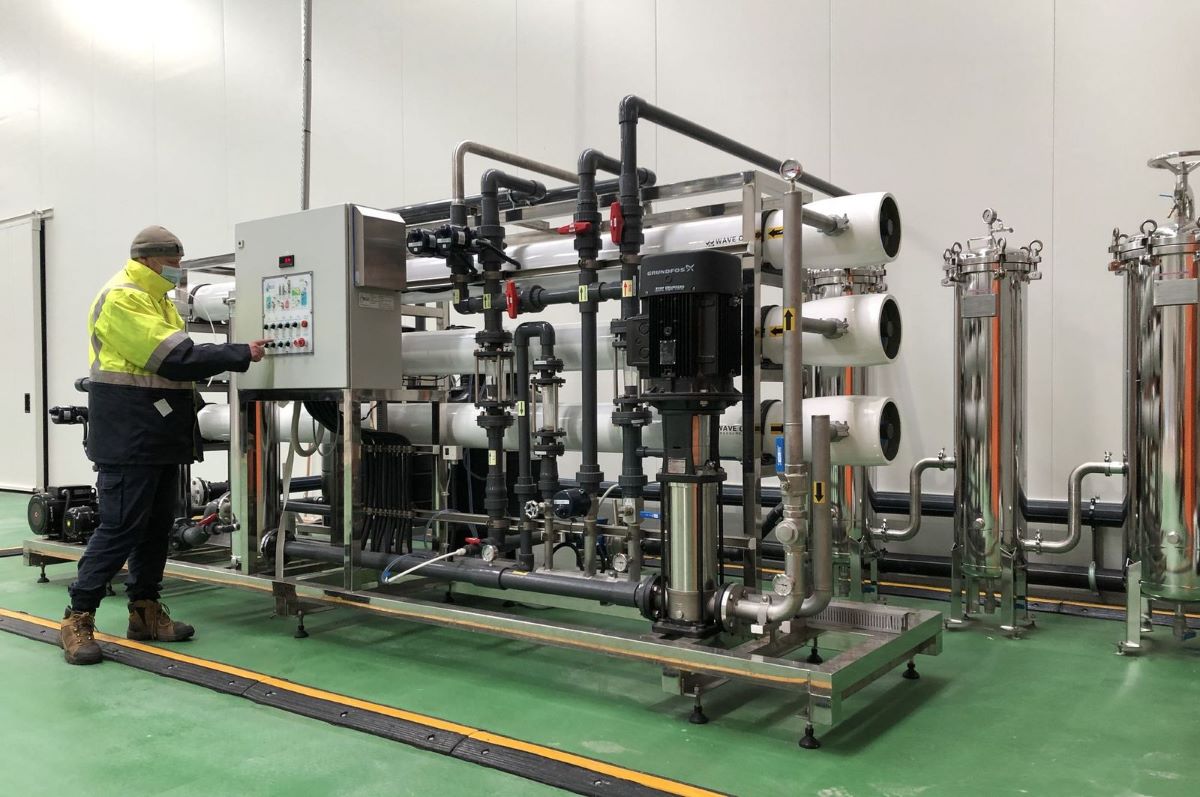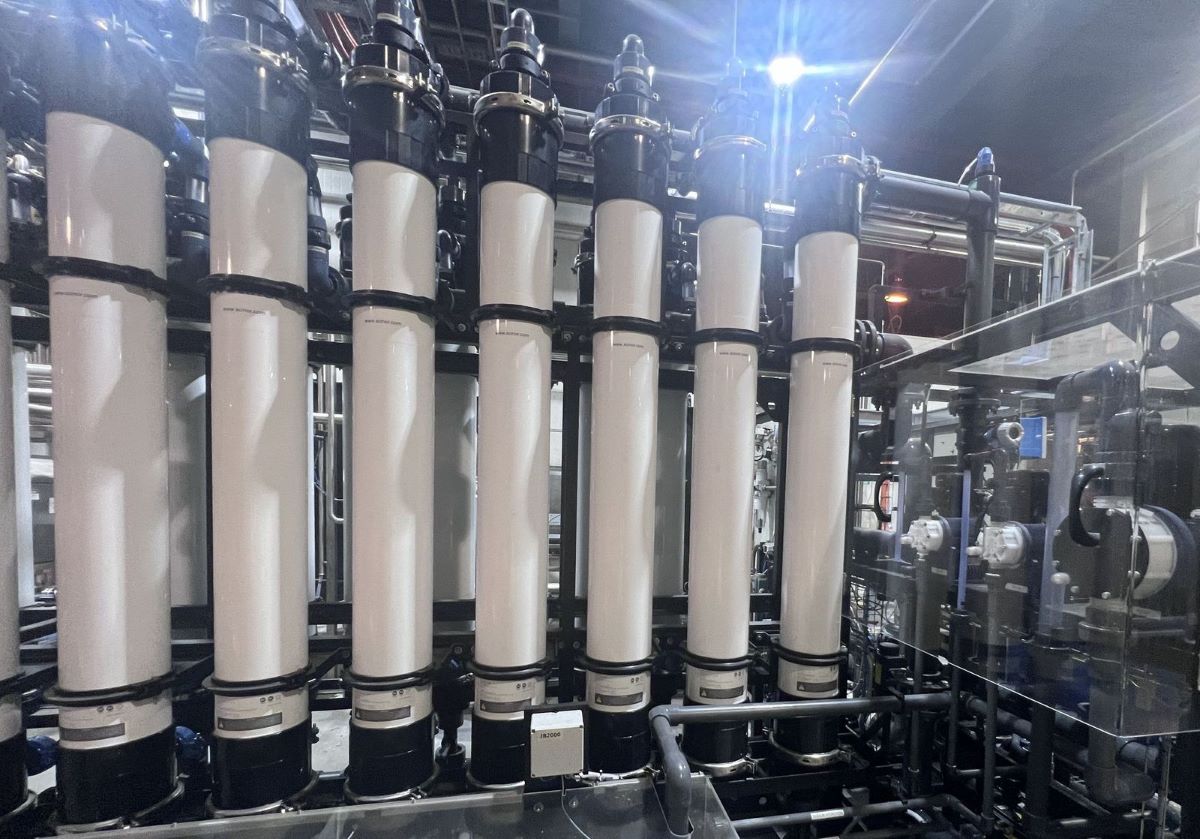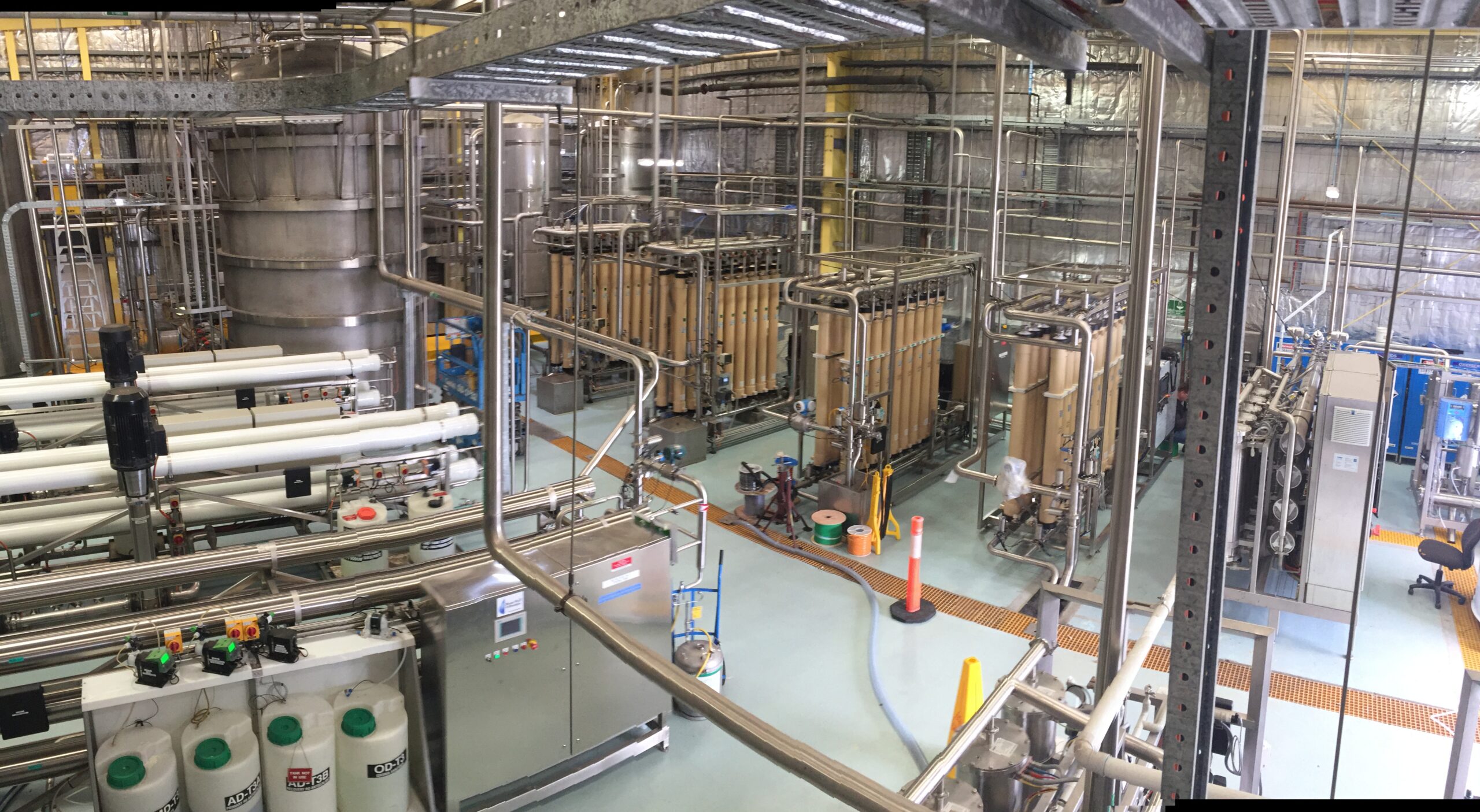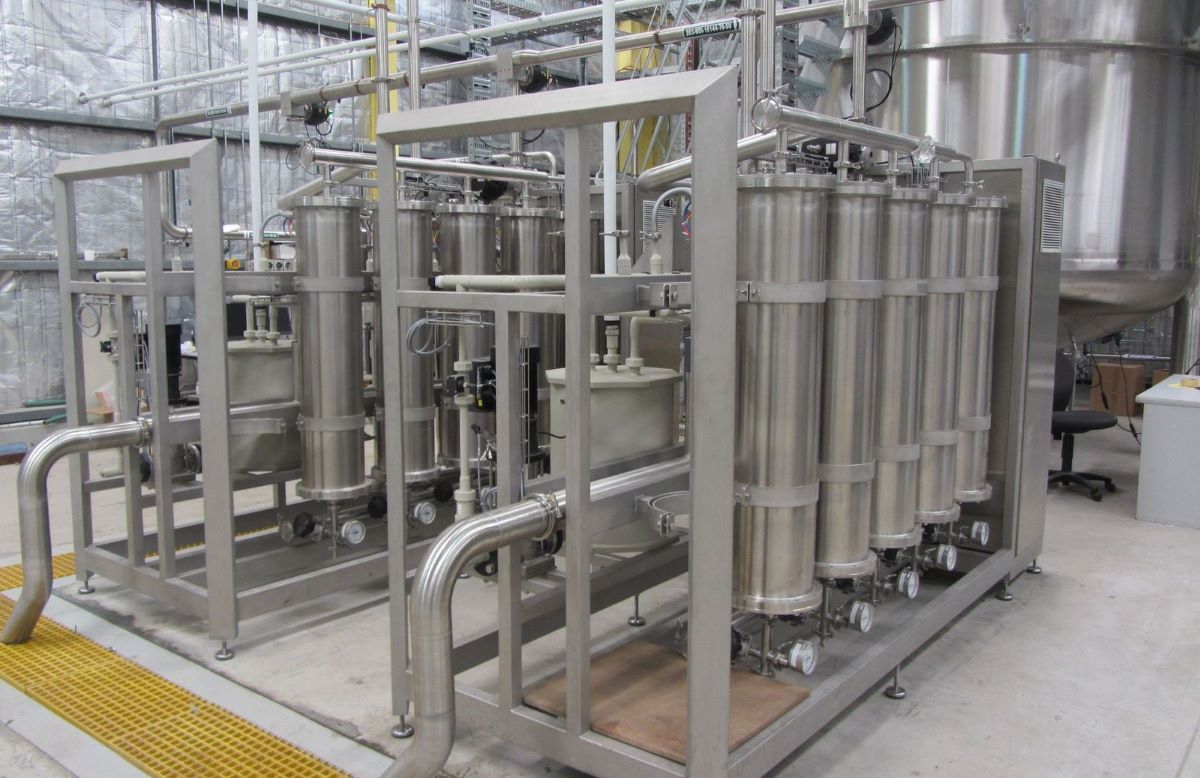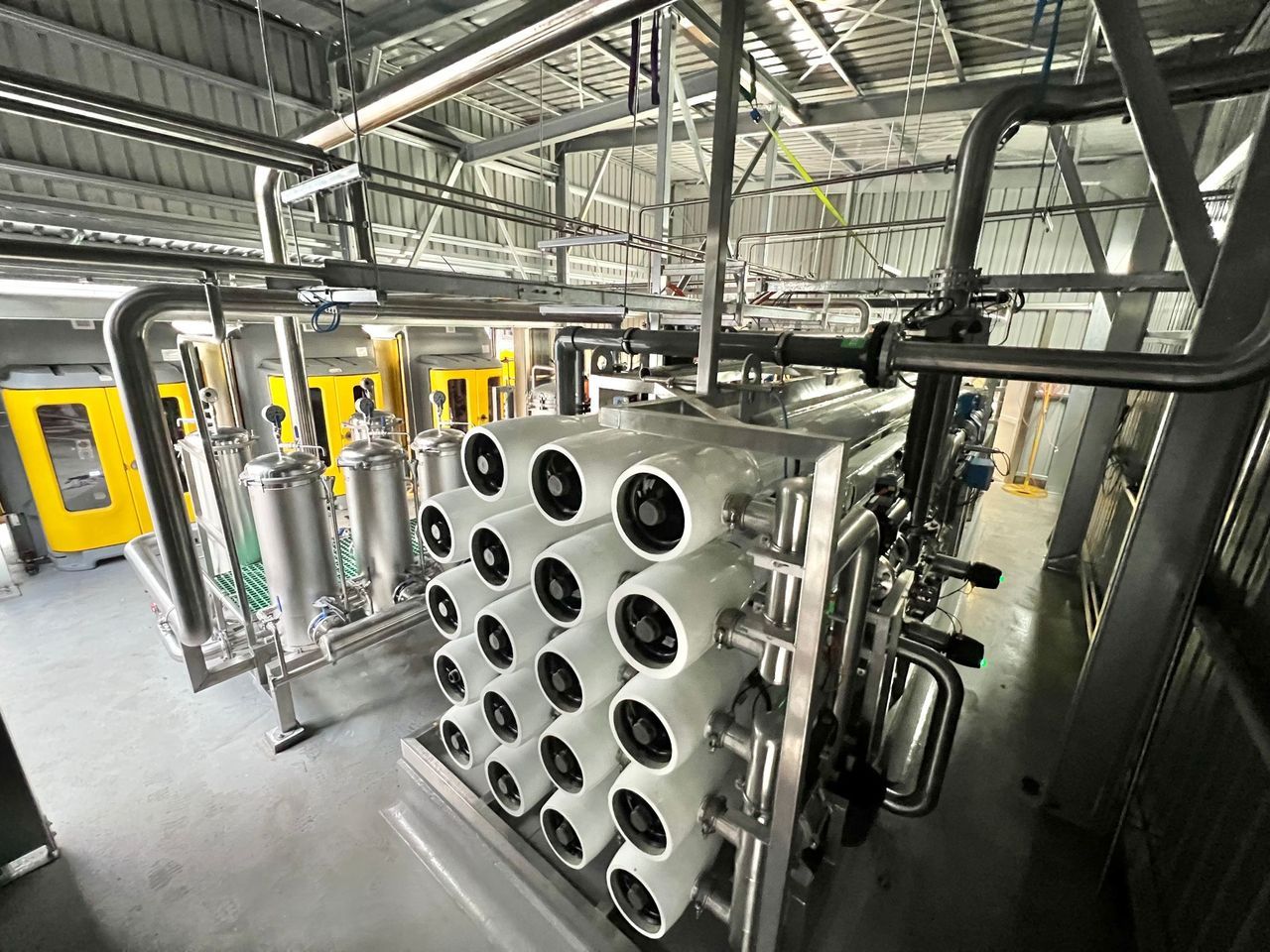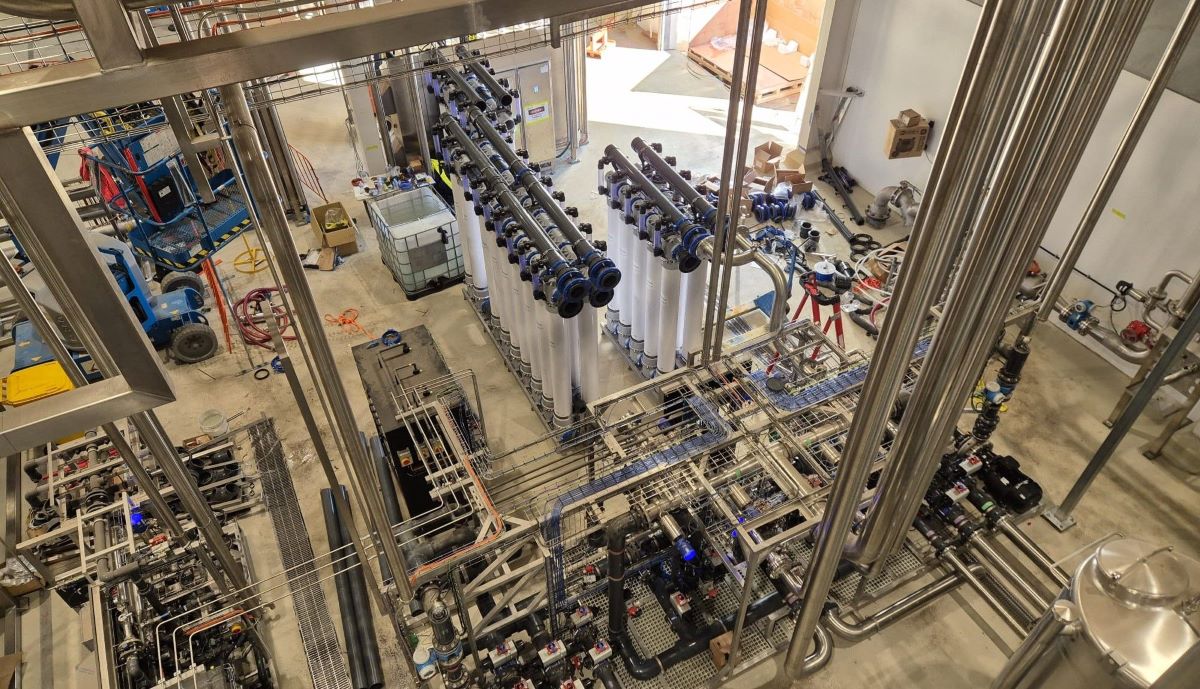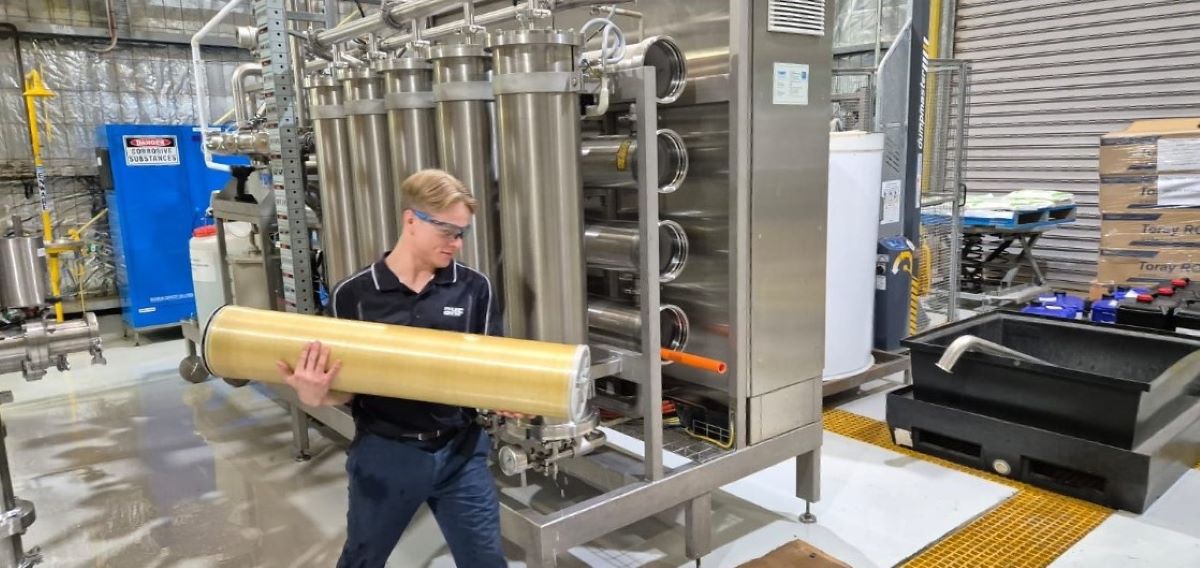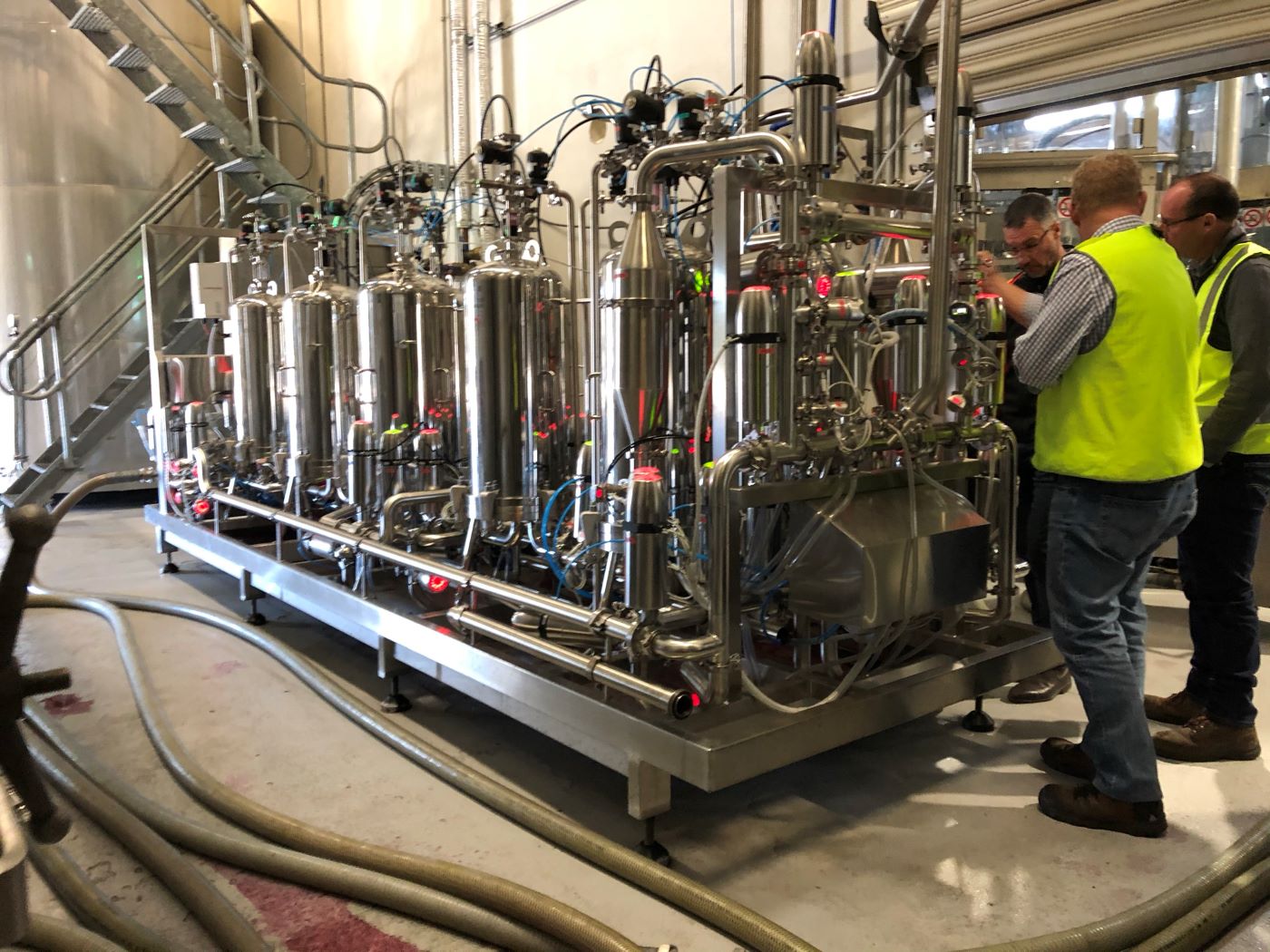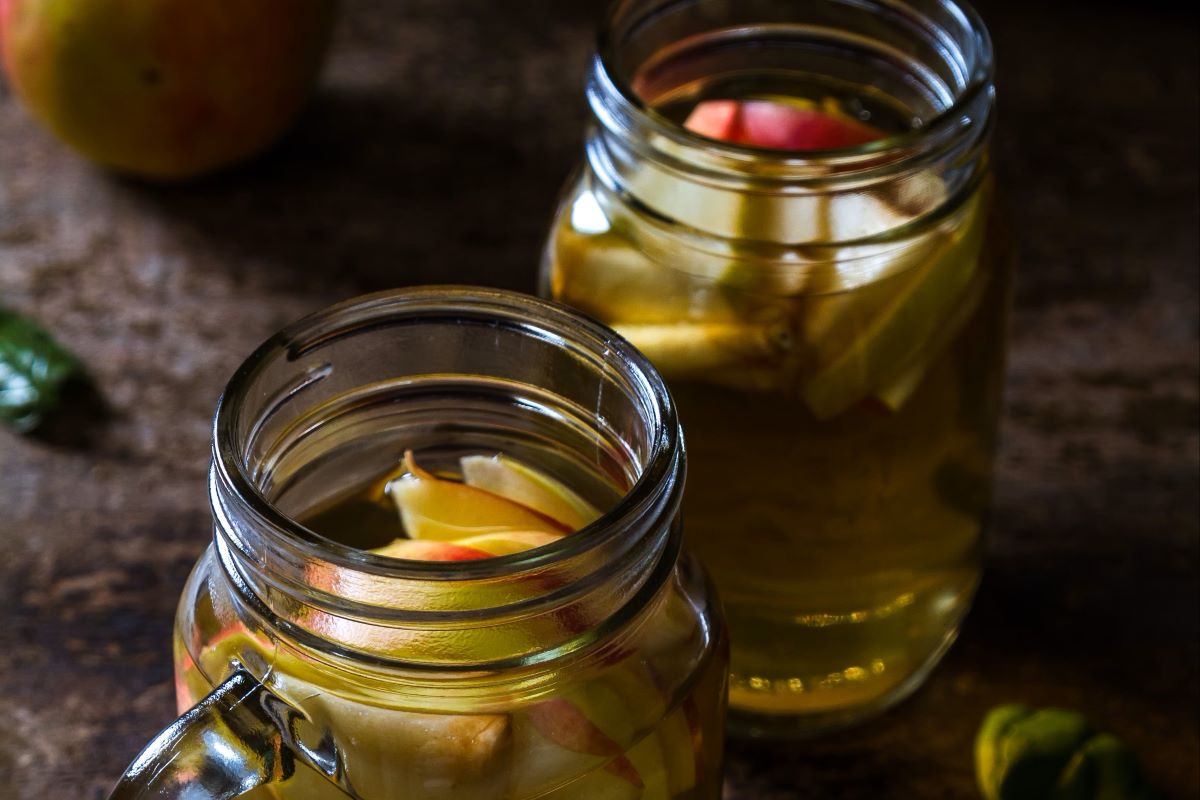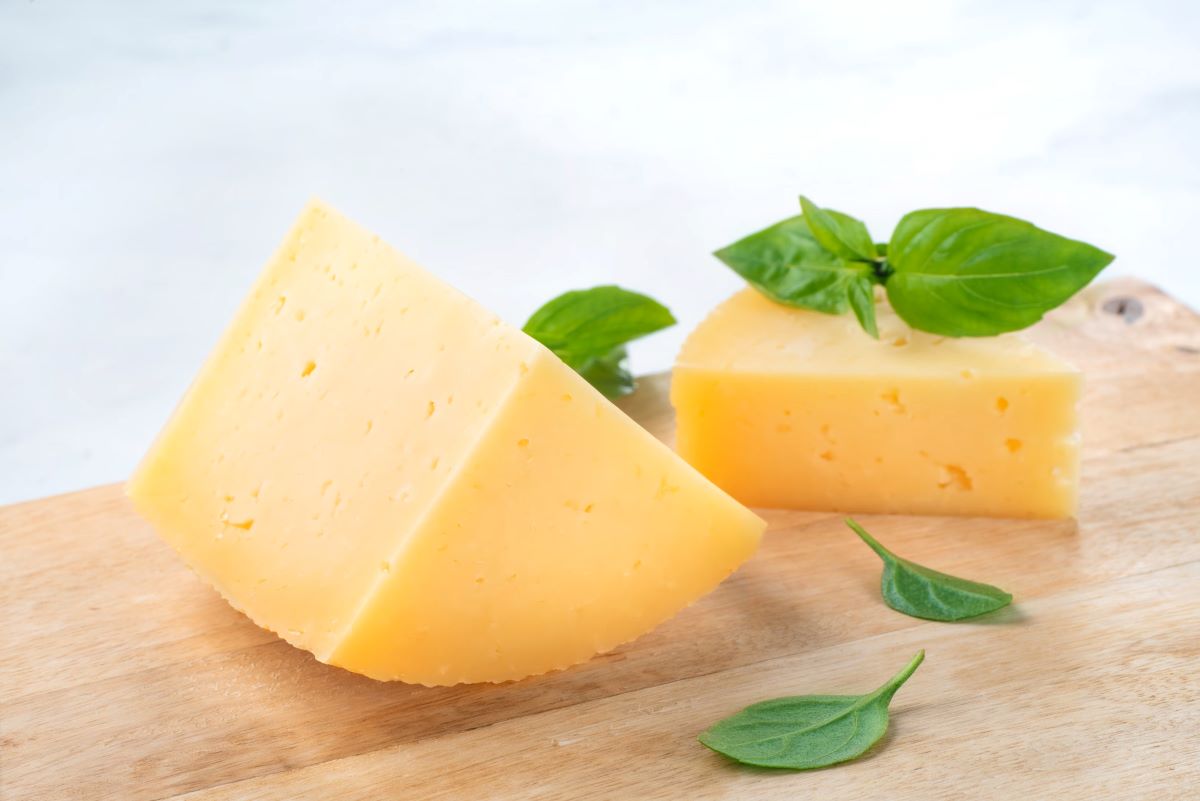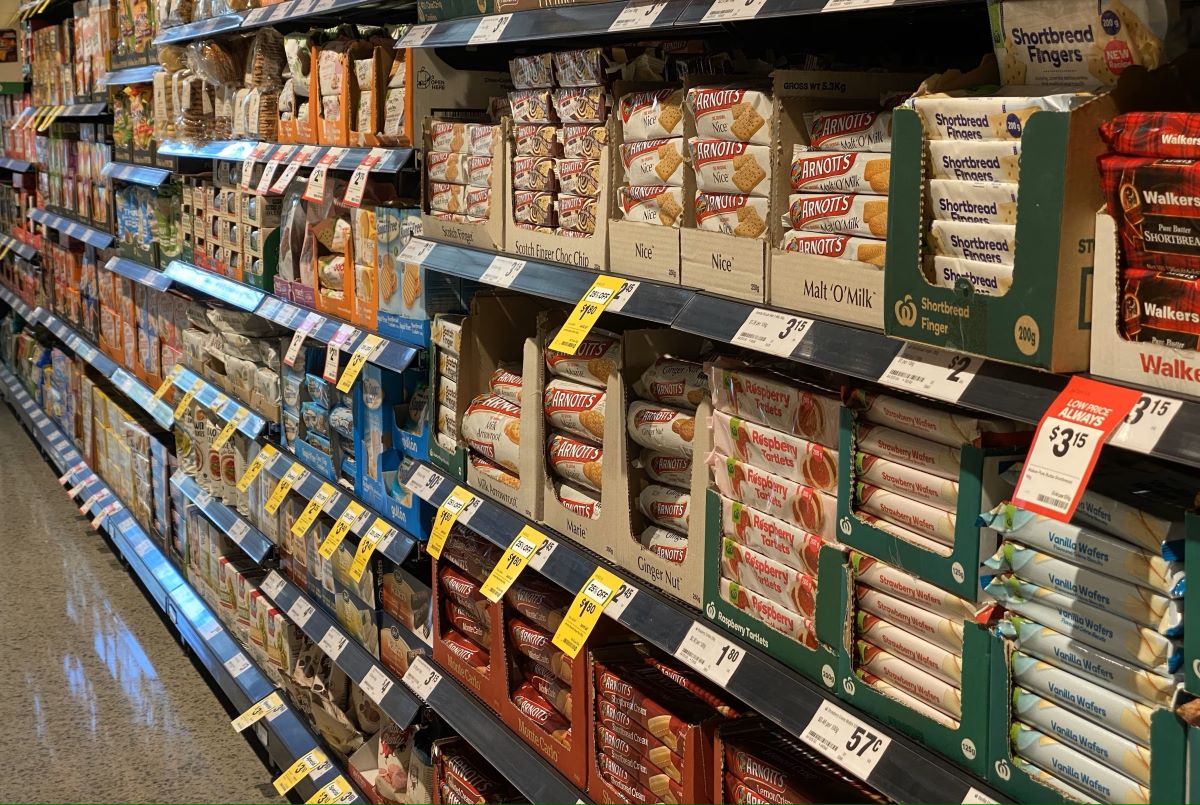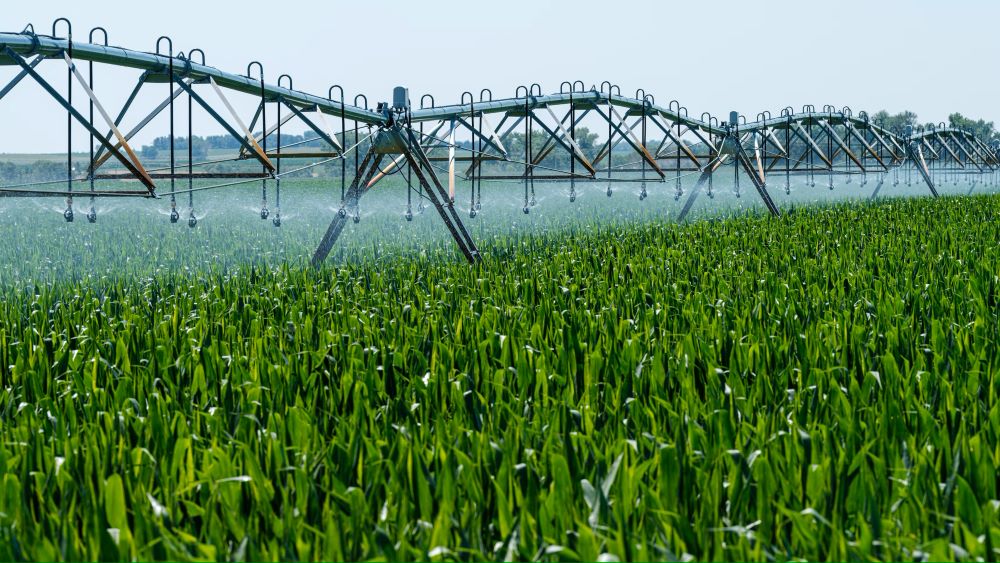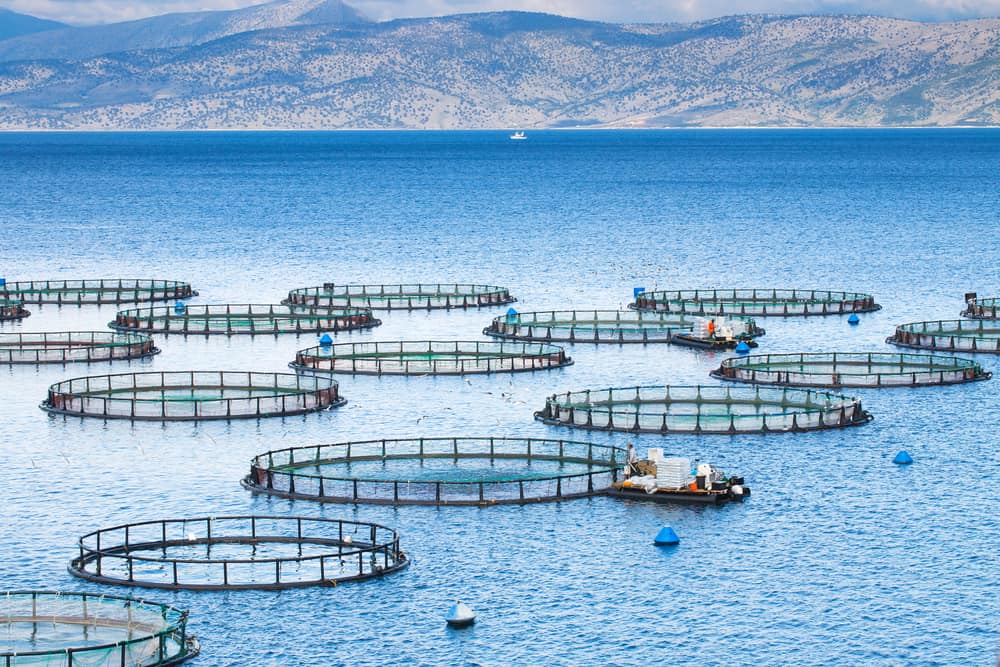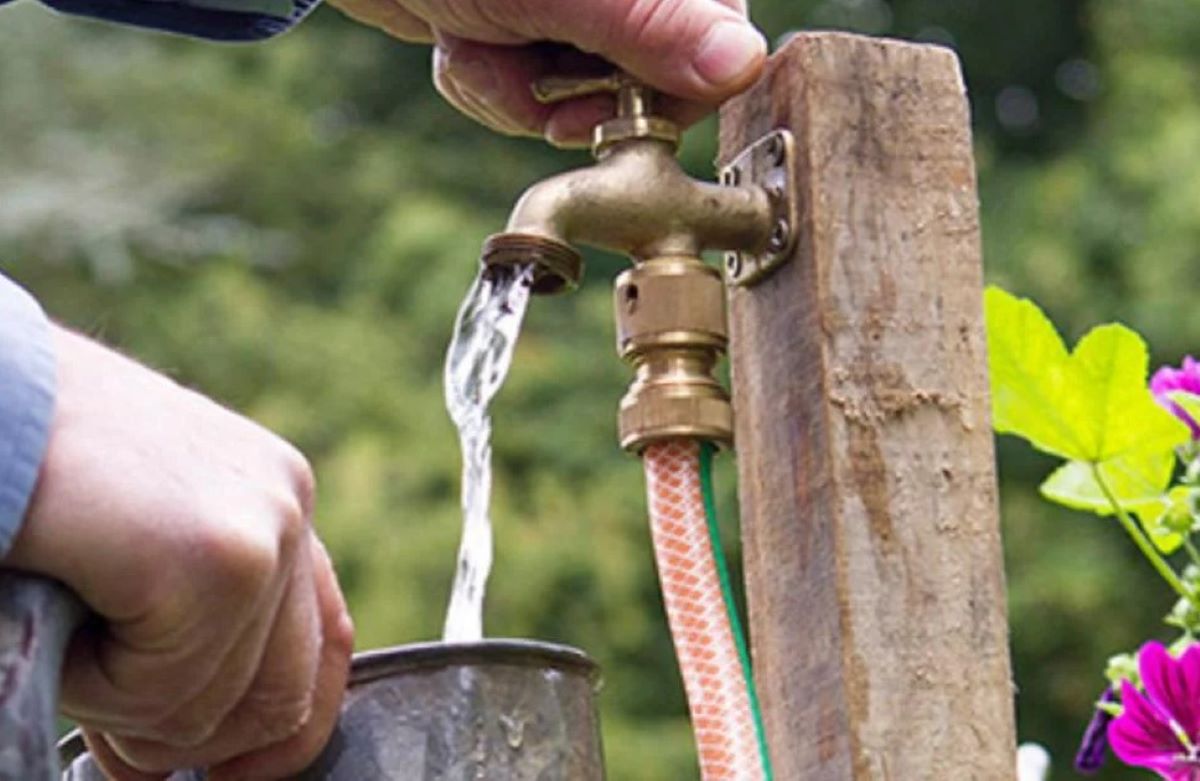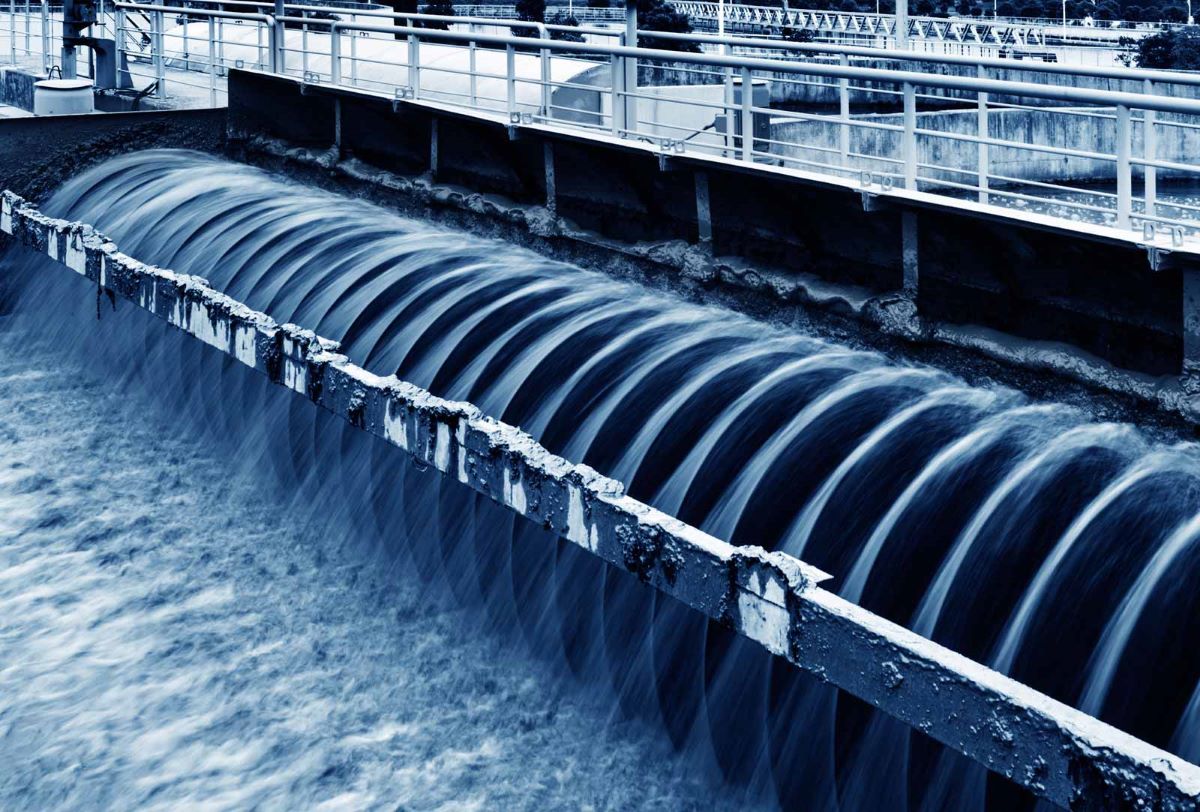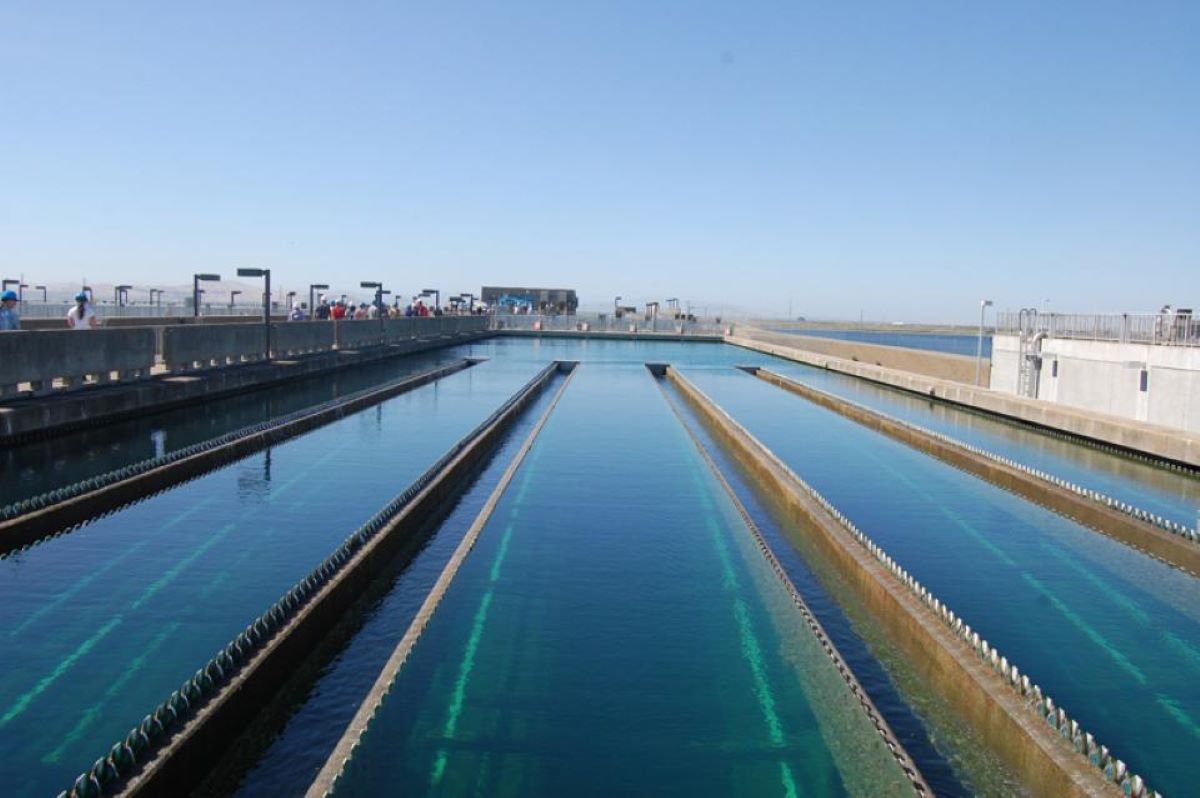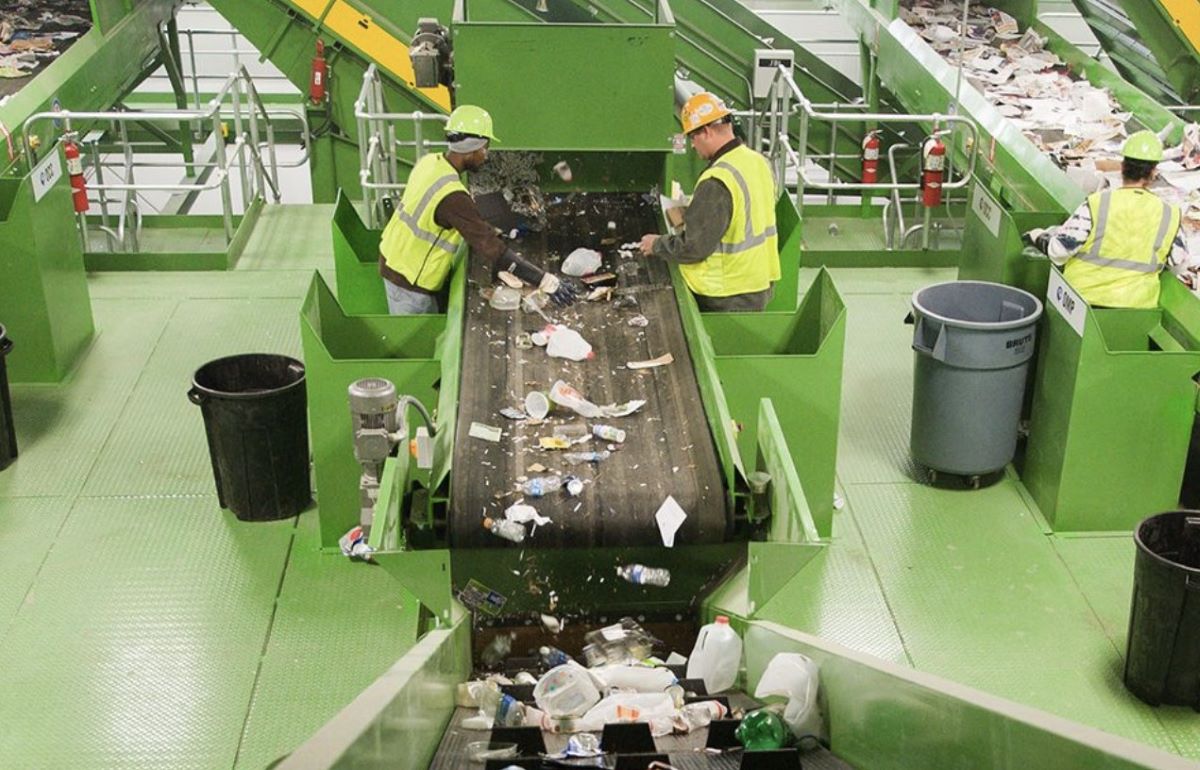Cross-flow Impacts On Wine Filterability & Performance Monitoring
Cross-flow filtration (arguably more correctly referred to as tangential flow filtration) has become a common feature of many wineries around the world, particularly in Australia and New Zealand. It comes with the promise of semi-automated single pass filtration without the need for significant operator monitoring or intervention. The main downsides are that there is significant capital expense at the outset and there is only one filtration grade option.
The mantra is often repeated that cross-flowed wines must be very clean as they are (typically) filtered down to 0.2 um, and since this is lower than the final sterile filtration grade at packaging of 0.45 um there will be no possible filtration problems when going sterile into bottle. Is this observed in reality though? Sometimes not! Read on…
Depth versus cross-flow filtration
First let’s set the scene with some filtration theory.
Most wine filters are what is known as “dead-end” filters, in that the wine is passed through the filter element until filtrate passage is restricted by the progressive blockage of the filter medium. In this case the wine flow is in one direction only. Cross-flow filters differ in that the substrate wine is passed in a cyclic fashion parallel to the surface of the filter medium and a pressure gradient is applied to push the wine sideways, effectively at right angles to the wine flow direction. In this situation the filtrate flow is tangential to the wine flow direction (Figure 1).
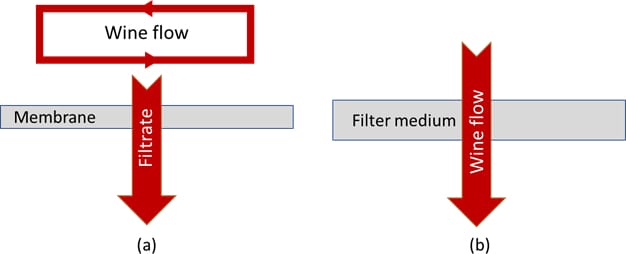
Figure 1: Cross-flow filtration mechanics (a) vs. dead-end filtration mechanics (b).
Depth filtration can take a few forms in terms of wine filtration, such as diatomaceous earth (DE), sheets/pads, lenticulars and in some cases cartridges. Although these are all different types of filters, they are all classed as depth filters because of the way in which they work (Bowyer, 2015), which is through particulate entrapment and retention within the filter medium. For these reasons depth filters typically have an element of thickness (or “depth”) about them. For example, a sheet filter or lenticular filter (which is basically the same thing, but in a different physical format) has a filtration medium that is around 4 mm thick. The typical residence time of the wine within the sheet material during filtration is around 12 seconds, depending on flow rates and pressures In contrast, a membrane is very much thinner, typically less than a millimetre, and so the residence time is very small.
The two filtration types have a rather different impact on the wine passing through from a colloidal perspective in particular. Depth filtration of say 1-2 um is relatively gentle and slow and might require 0.5 bar of pressure to exude filtrate. Most cross-flow systems use a 0.2 um membrane, which is significantly more restrictive in terms of flow than a 0.45 um membrane. This in turn means that much more pressure must be applied to force the substrate wine to cross the 0.2 um membrane and produce filtrate – typically greater than 2 bar (which is close to the upper limit of differential pressure for many depth filters).
To put this into perspective, a wine membrane rated at 0.45 um might require 1.8-1.9 bar of pressure to reach its bubble point (the pressure at which water is blown out of a wet membrane). A 0.2 um-rated membrane of identical materials will typically require 3.0-3.2 bar of pressure to achieve the bubble point. All this means is that significantly more pressure must be applied to push a wine through a 0.2 um membrane relative to a 0.45 um membrane, and so both require far more pressure than for a 1 um depth filter. This can have ramifications on wine filterability, particularly for red wines as we will see due to their higher colloidal content.
The other factor to consider in cross-flow filtration is that the retained wine gradually gets dirtier and dirtier as the process continues and filtrate is produced. This in turn means that more pressure must be applied to push the wine across the membrane to form the filtrate, and so the pressure dynamics that the wine experiences change as filtration proceeds. The same situation occurs in depth filtration, but the pressures are not as great and the thickness of the depth medium always means that the filtration is relatively slow and gentle, and so there is less impact on the wine colloidal structure.
Impacts of filtration porosity on wine particulate distributions
In an ideal world we would know in advance the particulate distribution of a wine to be depth filtered, which would allow the selection of the most appropriate depth filtration grade based on sheet porosity (Figure 2).
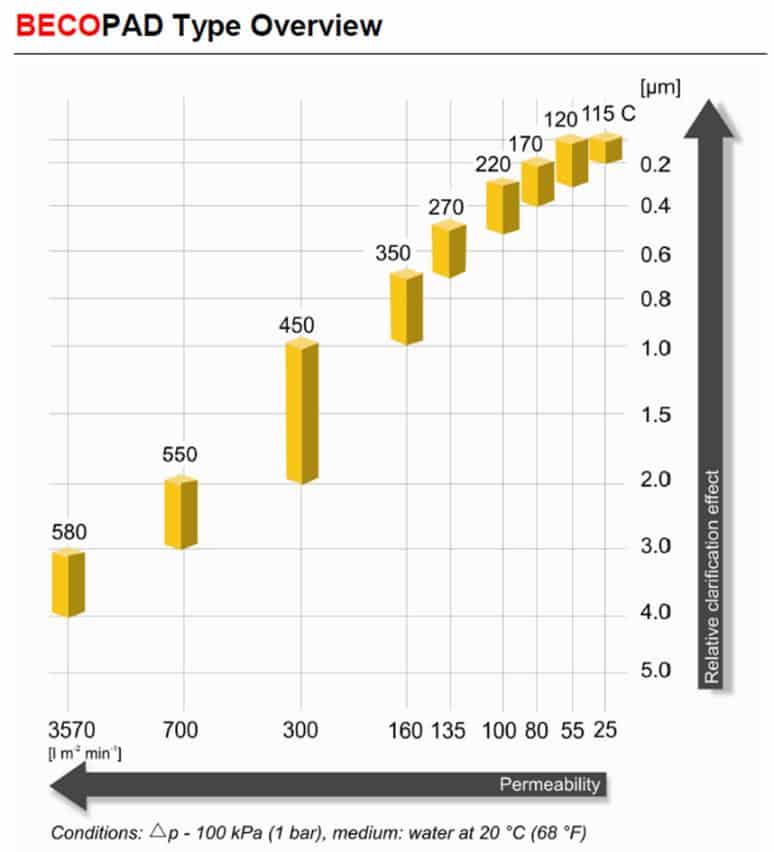
Figure 2: Filter sheet grades and associated flux versus nominal porosity of the Becopad range.
For a hypothetical example using filter sheets, consider the particulate distributions of the wines presented in Figure 3.
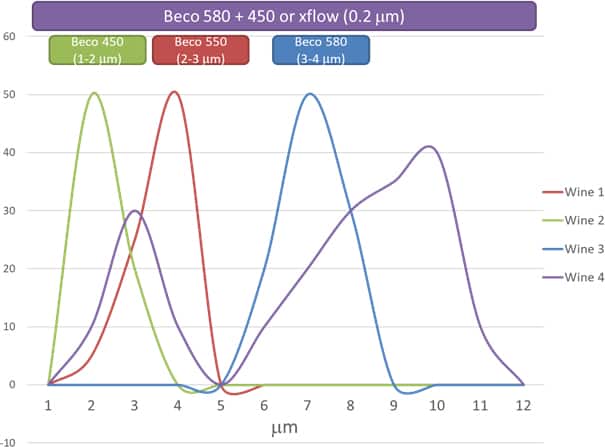
Figure 3: The particle size distributions of 4 hypothetical wines and appropriate filtration grades required to produce “clean” filtrates.
Wine 1 (red) contains mainly particles in the range of 2-5 um, so filtration through a sheet of 2-3 um porosity (eg Beco 550; refer to Figure 2) will eliminate most of the sediment leaving particles < 2 um. Wine 2 (green) contains smaller particles on average than Wine 1, so a tighter filter would be required to produce a clean filtrate, around 1-2 um (eg Beco 450). Wine 3 (blue) contains mainly larger particulate matter, so a coarser grade of around 3-4 um porosity (eg Beco 580) would be needed here, which would take out pretty much all particulate matter. Wine 4 (purple) presents a particle distribution that spans both the smaller (1-5 um) and larger (5-12 um) regions. A single tighter grade (eg Beco 450) may lead to rapid sheet blockage due to surface caking by the larger particulates present, so in this case two filtration grades might be required to avoid rapid blocking of the sheets (eg Beco 580 then Beco 450, in sequence or via a cross-over plate in the filter press). The other option for Wine 4 (or any of these wines) is of course to use a cross-flow, in which case all particulates above 0.2 um will be removed. Some winemakers, however, feel that to remove all particulate matter from red wines down to 0.2 um negatively impacts wine texture, and so it is not unusual for heavier reds to undergo only mid or coarse grade depth filtration into bottle (ie non-sterile). The use of a cross-flow unit in the cellar effectively eliminates this choice, however, as it is a one-size-fits-all option only. Here’s the rub: we never know the particle size distributions of our substrate wines! There are laboratory instruments that can perform this measurement, and perhaps in the future depth filtration tailored specifically to a particular wine may be offered, but until then we typically choose filtration based on historical precedent and/or wine NTU.
NTU vs FI correlation
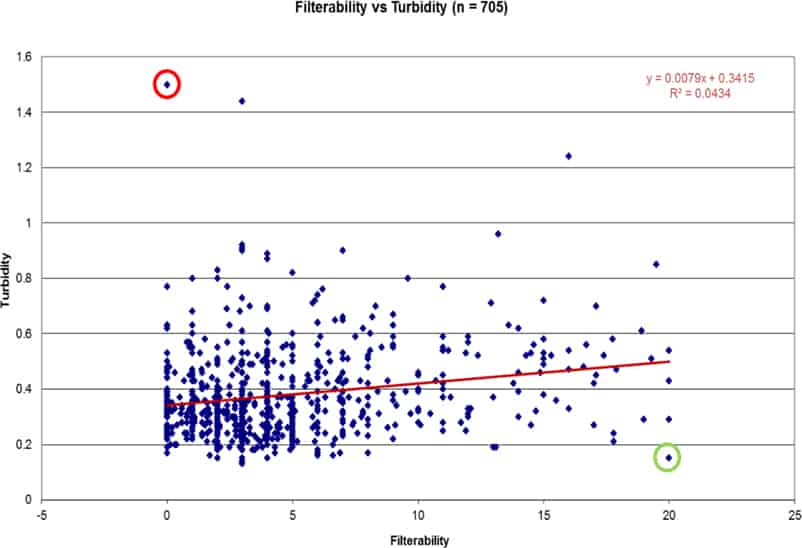
NTU is a useful approximate guide to estimating the particulate load in a wine. It is a reflectance measurement of light, and so the more particles in a wine the greater the scattering of a light beam and the higher the NTU. It does not, however, provide any indication of the type of particulates present nor does it indicate the presence of dissolved or colloidal materials, since they do not scatter the incident light beam, so wine components like glucans, mannoproteins, CMC, gum Arabic and tannin-protein associations are not quantified to any extent (Bowyer et al, 2015). The usual rule of thumb is that if NTU < 1 the wine is suitable for sterile filtration. The underlying assumption here is that there is sufficient correlation between NTU and filterability index (FI), however, there is no correlation between these disparate measurements. Consider Figure 4, which is a plot of 705 wine samples for which both NTU and FI were measured (for a detailed explanation of filterability measurement and terminology, see Bowyer & Edwards, 2014). All wines in this chart are a filterability pass (ie FI < 20 s), yet NTU varies from around 0.15 through to 1.5. The coefficient of determination (R2) is 0.04, which is rubbish – there is no correlation. Only 4 % of the data points fall within the model required for correlation. The wine data point within the red circle (NTU = 1.5, FI = 0 s) is out of specification for NTU for sterile wine filtration but the filterability is near perfect, meaning the impact on the wine filters will be almost nil. Most likely the high NTU here has been generated by some tartrate microcrystals or something else highly reflective. In contrast, the wine data point within the green circle (NTU = 0.16, FI = 20 s) is visually very clean but is borderline in filterability terms, and so clearly contains something that may present problems to at least one stage of the packaging filters. In this case, ideally the prefilters will be the impact point rather than the 0.45 m final membrane, but without further testing there is no way to know in advance.
Figure 4: A plot of NTU versus filterability for 705 wines illustrating the absolute lack of correlation between these two discrete wine characteristics.
Colloidal impact of cross-flow filtration
If a wine contains significant levels colloidal species (which is far more typical for reds than whites) there is much greater potential to see variation in wine filterability over time after cross-flow filtration. As discussed, depth filtration is rather gentler on a wine’s colloidal structure due to the higher porosity of the filter medium and the lower pressures required to produce a filtrate. Depth-filtered wines thus tend to exhibit more stable filterability outcomes over time. Cross-flow systems, offering typically only 0.2 um membrane filtration and higher membrane transit pressures, can produce wines of unstable colloidal structure, which is observable through filterability measurements over time.
A 2012 Barossa Shiraz, was cross-flowed (0.2 um) and then half was sterile filtered immediately with no filtration problems. The other half of the wine was stored for two months with no further additions that would affect the colloidal structure, yet when this second batch of the same wine was being packaged the 0.45 um final membrane blocked very quickly. A filterability analysis indicated very poor filterability (Figure 5), in which the test disc of 0.45 um (identical to the final membranes ((Bowyer, 2015b); lower red circle) blocked after around 300 mL of wine were passed. The heavy colouration of the test disc, which is atypical for PES membranes (Bowyer et al, 2013), is strongly indicative of retained pigmented colloidal material, yet the wine NTU was 0.55.
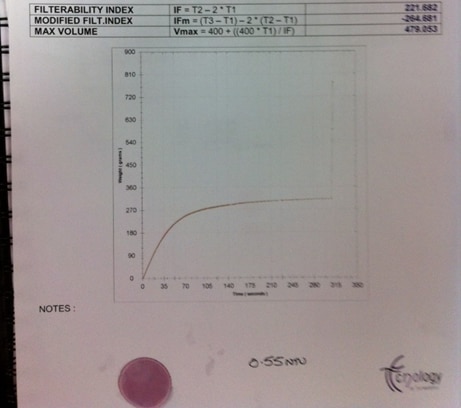
Figure 5: The failed filterability test and test disc for a 2012 Barossa Shiraz two months post-cross flow, indicating heavy colloidal retention within the membrane structure.
It is likely that the elevation in wine filterability index between the initial half and the same wine two months later was the result of colloidal disruption by the cross-flow process, which is completely unpredictable and may take hours/days/weeks/months to manifest. Our working hypothesis in such cases is that the pressure applied to the wine across the membrane of the cross-flow disrupts colloidal associations in the wine being filtered (Figure 6a). This produces a wine with temporarily improved FI and dispersed colloidal components (Figure 6b), which may be unstable. These colloidal components are then free to re-associate over a time window that is unknown, and which may then produce a wine over time that possesses a higher FI than the original wine due to the formation of new associative colloidal species (Figure 6c).

Figure 6: The hypothesis of wine colloidal disruption and reformation facilitated by cross-flow filtration, and the subsequent potential effect on filterability index.
Anecdotally, it appears that wine additions of colloidal species (tannins, gum Arabic, mannoproteins, grape juice concentrate etc.) just prior to the use of cross-flow filtration exacerbates the likelihood of such colloidal instability. In the cases of wines exhibiting the “red flag” characteristics of low NTU/poor FI, filterability is best improved via either reprocessing through cross-flow (and subsequent FI check) or via depth filtration, on the educated assumption that colloidal species are elevating FI. Darker PES filterability test discs (as seen in Figure 5) provide some de facto evidence for this speculation.
Monitoring cross-flow performance

In addition to providing valuable quantified data on the likelihood of a wine to negatively impact packaging filters, causing significant down time, wine filterability measurement can also be used to ensure that a cross-flow unit is functioning correctly. Cross-flow units typically monitor filtrate NTU for signs of poor performance, but what if the filtrate is visually clean (within specification, typically < 1 NTU) but has poor filterability? As a rule of thumb, a properly functioning cross-flow unit should produce a filtrate with FI < 5 s, and this is easily checked using wine filterability measurement. During a packaging filtration trial at a large winery, the Bottling Manager commented that the first stage lenticular filters (0.3 um nominal) had blocked prematurely. The filtration train at the facility is rather unique, in that the filtration sequence is as depicted in Figure 7. On the fly, wine is delivered from the cellar to cross-flow, then two grades of lenticular in sequence, followed by the final membrane and into bottle.
Figure 7: The filtration sequence at a large winery that resulted in premature blockage of the first lenticular stage.

When a filter in a sequence blocks, the first place to look for a problem is the preceding filter. The cross-flow was found to be producing a combined filtrate < 1 NTU, and so no alarms had been raised. The large cross-flow unit has 8 membrane cell banks, each with its own outlet, all of which are combined and then passed to the first lenticular stage. Filtrate filterability for each cell was assessed with a semi-automated filterability unit, with replicate samples taken at different times, the data for which are presented in Table 1.
Table 1: Filterability data as measured for the filtrates of individual cell outputs of the large cross-flow preceding the prematurely blocked lenticular filter.
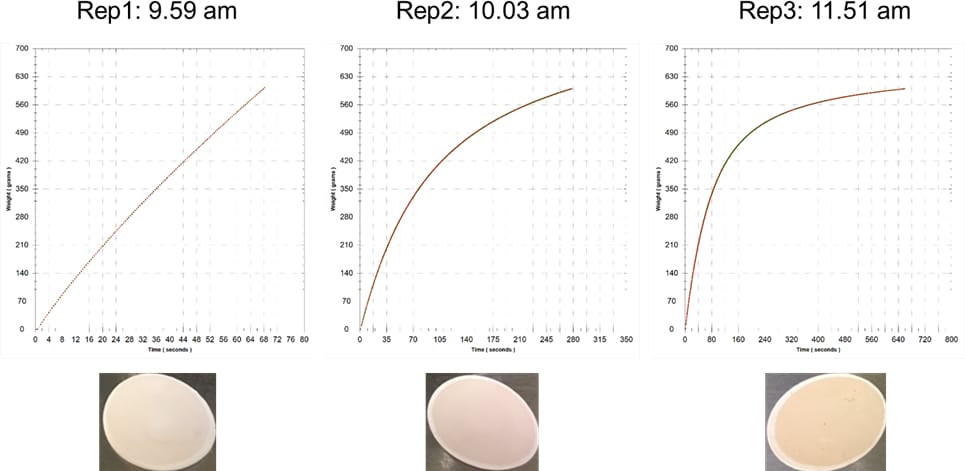
It can clearly be seen that whilst cells 3A, 1B and 3B were producing filtrate with acceptable filterability (FI < 5 s) for the samples taken, the other five cells were not. At the start of the filtration run, cell 1A was performing well, but almost immediately the filtrate filterability elevated to high levels. A third replicate was taken for cell 1A, 2 hours after the start of the run, for which the filterability was exceedingly poor. On further investigation it was found that each of the poorly performing cells contained several broken elements, which had not previously been detected. The nature of the cross-flow unit is such that the feed wine becomes progressively higher in NTU (viz. particulate concentration) as the job proceeds, since the retentate is combined with the incoming wine, which places increasing pressure on the membrane elements. With the combined filtrate NTU exiting the cross-flow remaining below 1, but with filterability progressively degrading, the reason for the unexpected lenticular blockage was identified. The filterability flux charts and test disc images for cell 1A from this filtration trial are presented in Figure 8. It can clearly be seen from the chart and disc pairs that cell 1A filtrate filterability decreased rapidly once packaging commenced.
Figure 8: The filterability analysis flux charts and test discs for 3 samples for cell 1A taken over the course of 2 h.
For cells 2A and 4B filtrate quality improved with time, perhaps suggesting the presence of very fine cracks that were quickly plugged by particulate material.
In another example a Pinot noir of 110 NTU was passed through a cross-flow unit, which yielded a filtrate of 0.78 NTU but with a filterability fail (blocked test disc at around 320 mL). The wine was refiltered through the same cross-flow unit and the filtrate quality improved to 0.35 NTU with a filterability pass of FI = 16 s, Figure 9). The question here is why did the cross-flow not produce wine of acceptable filterability after the first pass?
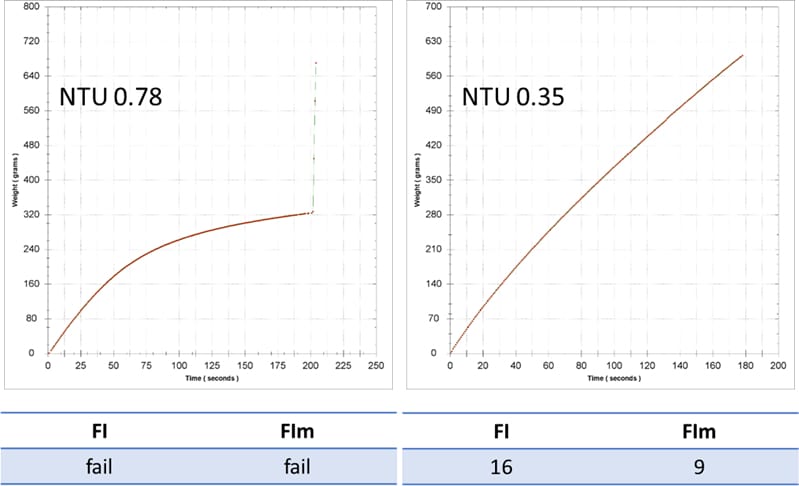
Figure 9: FI/NTU data for a Pinot noir wine after two cross-flow passes.
The answer came during further investigations some 2 months after this event – when it was discovered that there were broken elements within the cross-flow cell. Once again, filtrate NTU measurement was proven an ineffective measure for cross-flow performance, at least from a filtrate filterability perspective.
The moral of the story here is that while most people believe that cross-flow filtration is a foolproof one-size-fits-all magic bullet, it’s best to keep a periodic eye on the filtrate quality by measuring FI.
Summary
Both depth filters and cross-flows have something to offer the winemaker. Which is best to use depends on many factors such as initial wine condition, desired outcomes from both sensory and filterability perspectives, cost, and equipment availability. The impacts of each filtration type on wine can be rather different, and as has been demonstrated, it cannot be assumed that just because a wine has been cross-flowed that it will present no problems to packaging filters. It is also wise to monitor the performance of cross-flow units periodically, using filterability analysis, to ensure that adequate filtrate quality is being produced and that no membrane breakages have occurred.
By Dr Paul Bowyer, & Greg Edwards
References
Bowyer, P. K., Edwards, G. and Eyre, A. (2012) NTU vs. wine filterability index – what does it mean for you?, The Australian and New Zealand Grapegrower and Winemaker, October Issue, 585, 76-80.
Bowyer, P. K., Edwards, G. and Eyre, A. (2013) Wine filtration and filterability – a review and what’s new, The Australian and New Zealand Grapegrower and Winemaker, December Issue, 599, 74-79.
Bowyer, P. K. and Edwards, G. (2014) Understanding filterability index: an overview and some new insights, The Australian and New Zealand Grapegrower and Winemaker, November Issue, 610, 80-85.
Bowyer, P. K. (2015a) Filter characteristics explained, The Australian and New Zealand Grapegrower and Winemaker, March Issue, 614, 64-67.
Bowyer, P. K. (2015b) The importance of membrane choice in measuring wine filterability index, The Australian and New Zealand Grapegrower and Winemaker, March Issue, 614, 68.
BHF wishes to thank The Australian and New Zealand Grapegrower and Winemaker for permission to reproduce this article. Subscription information can be found here.
